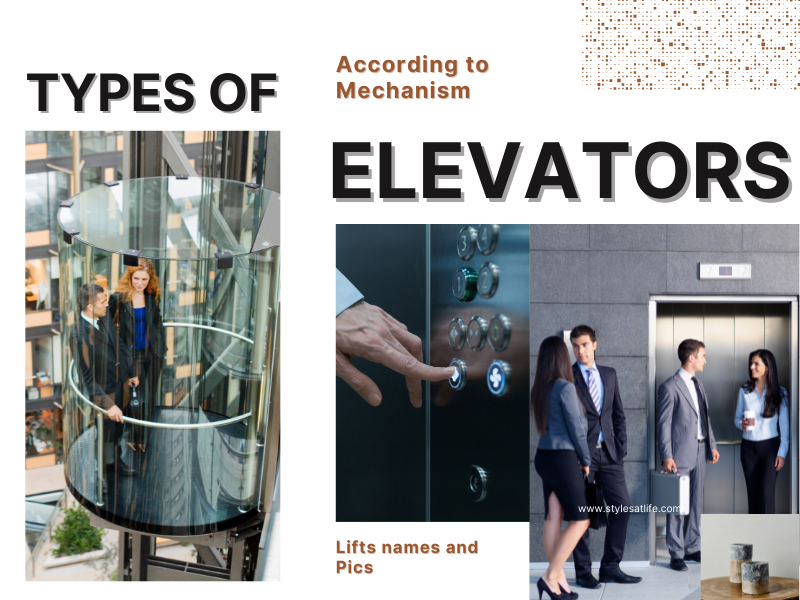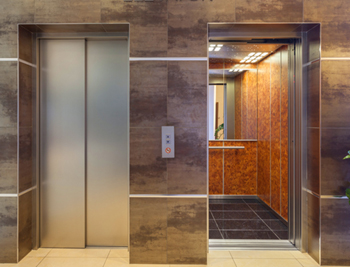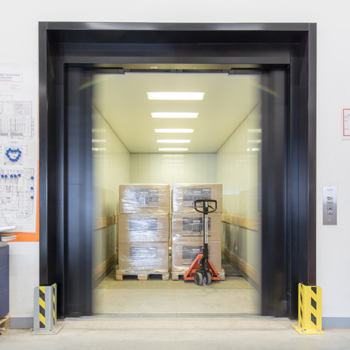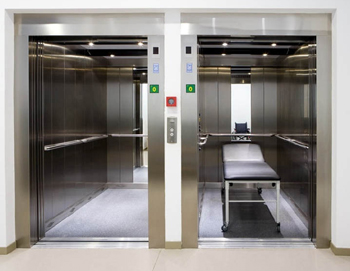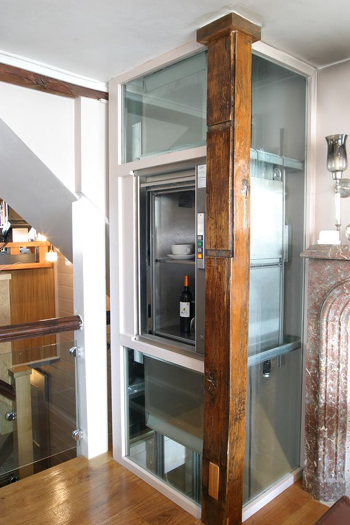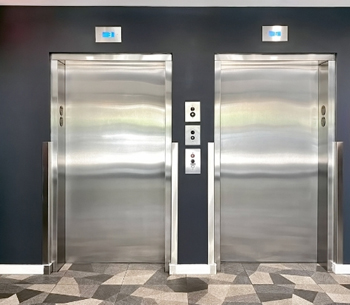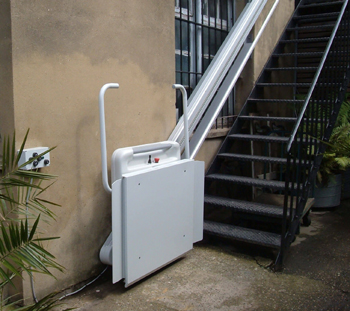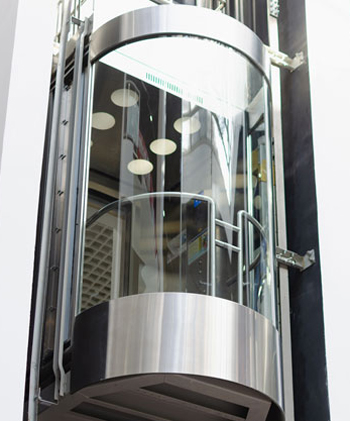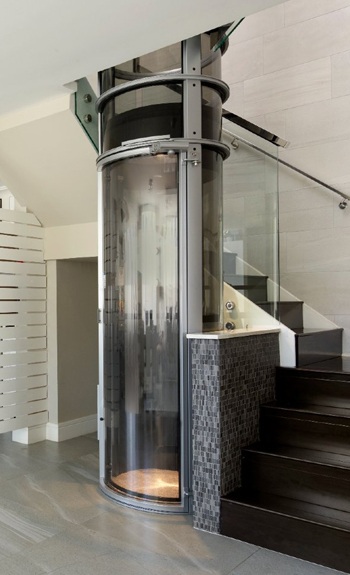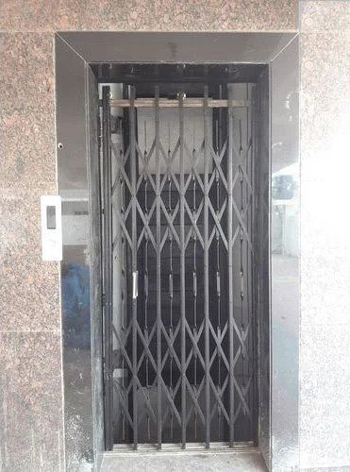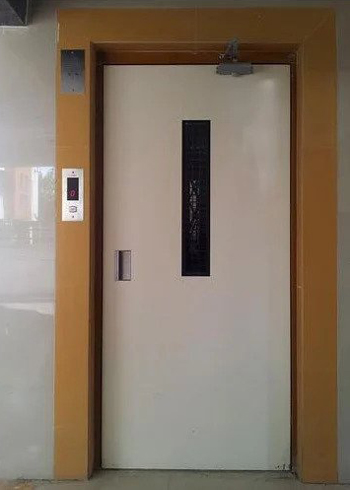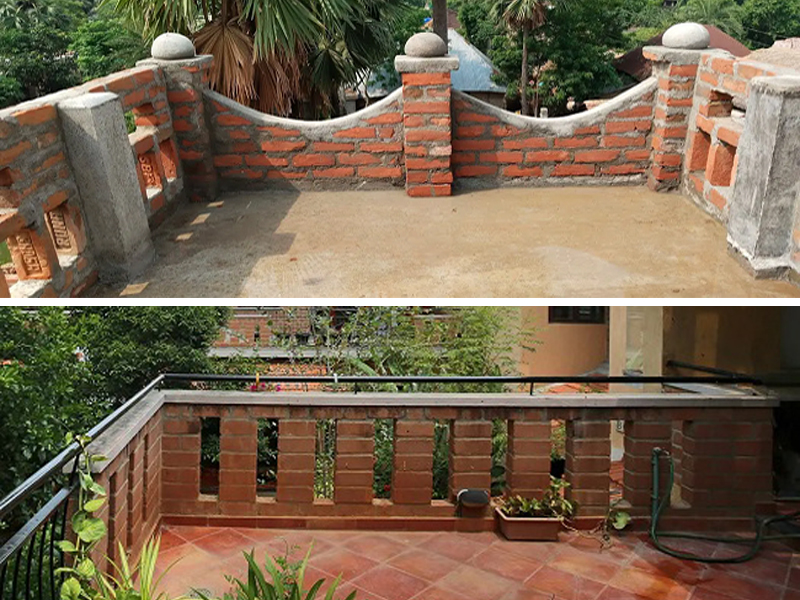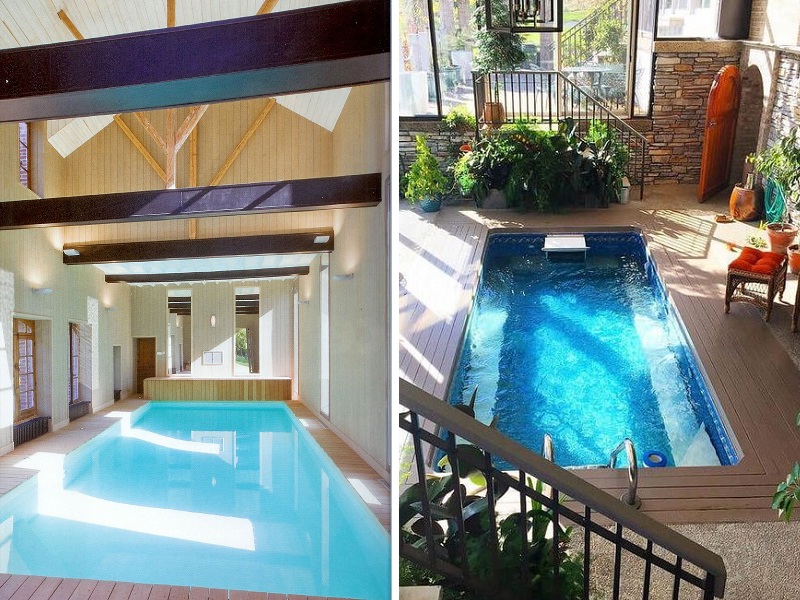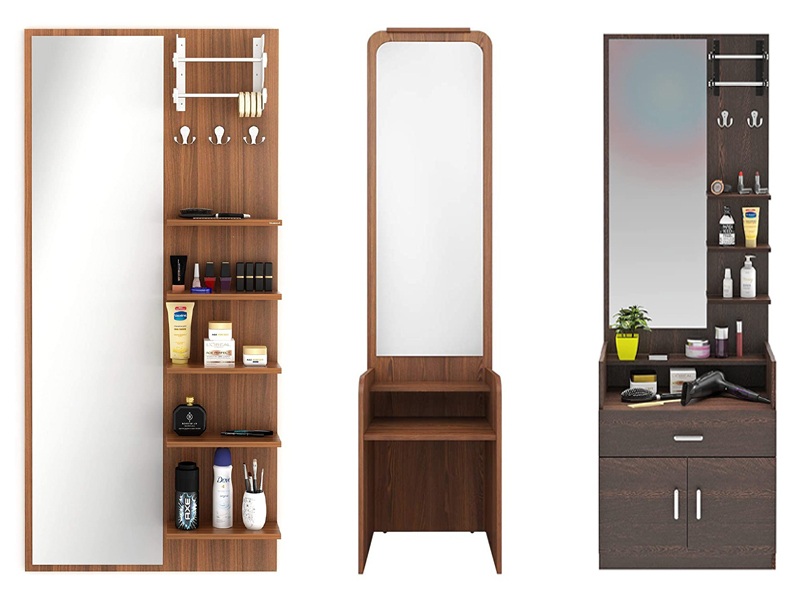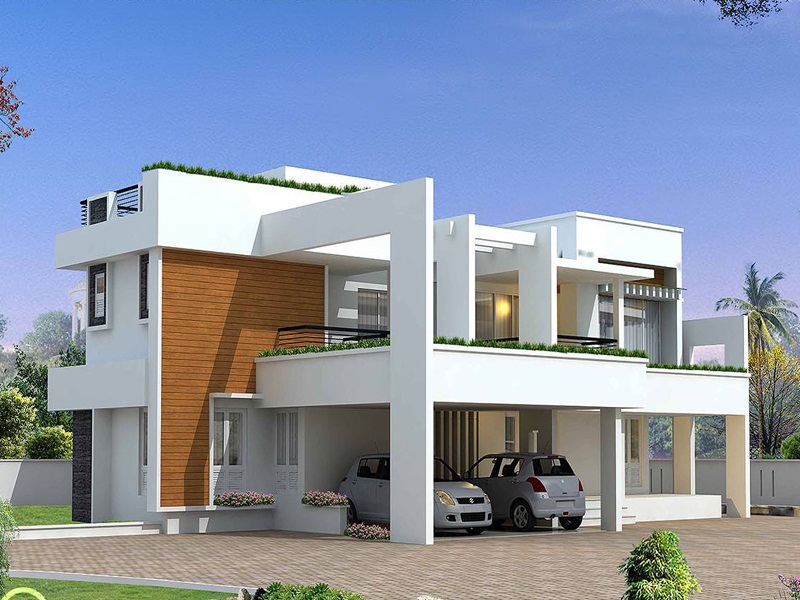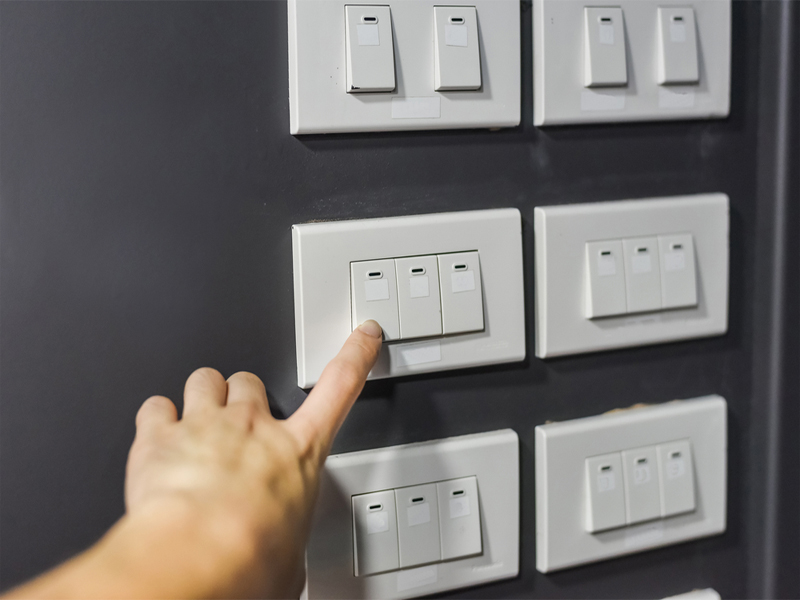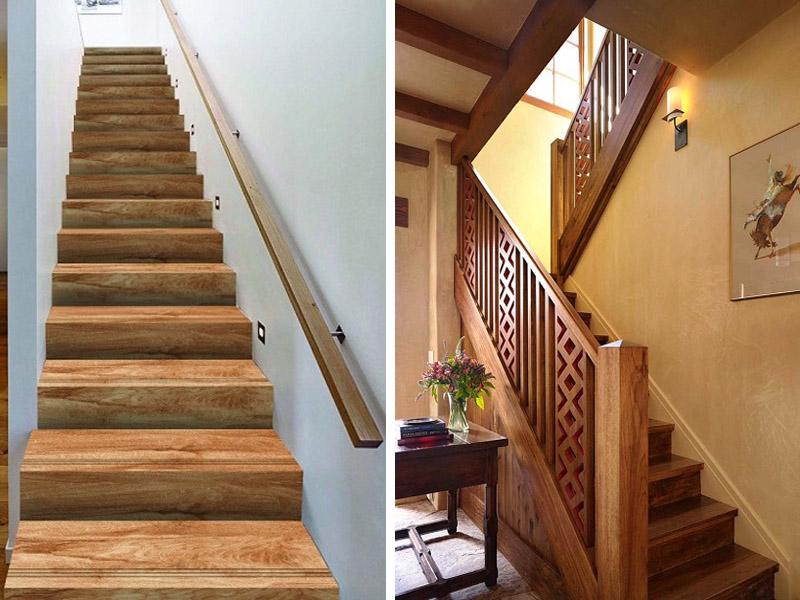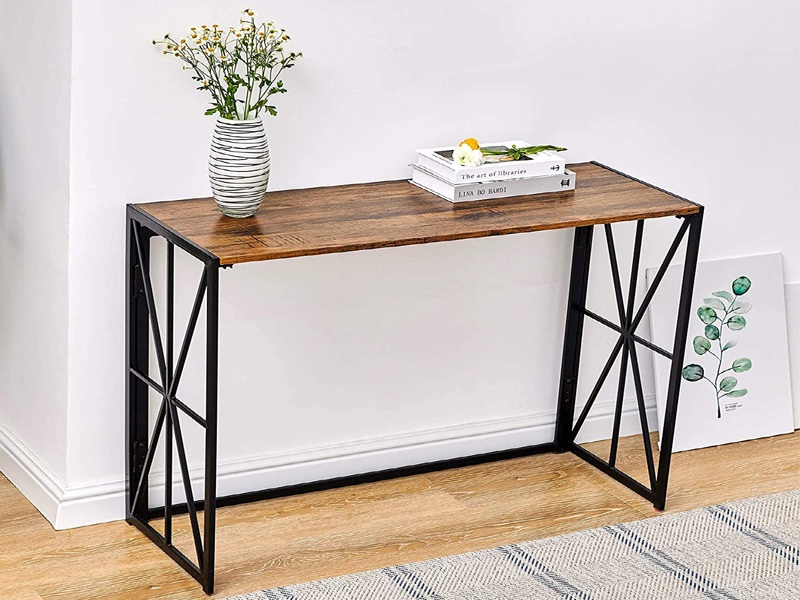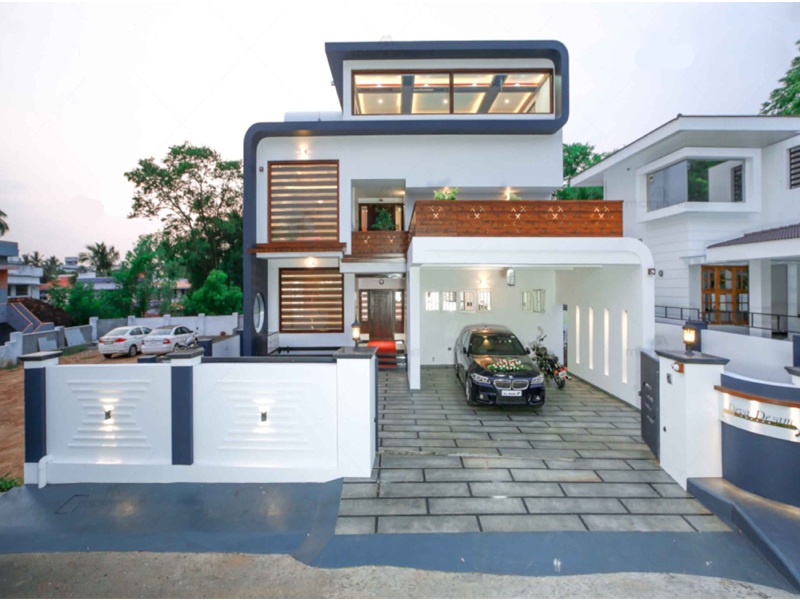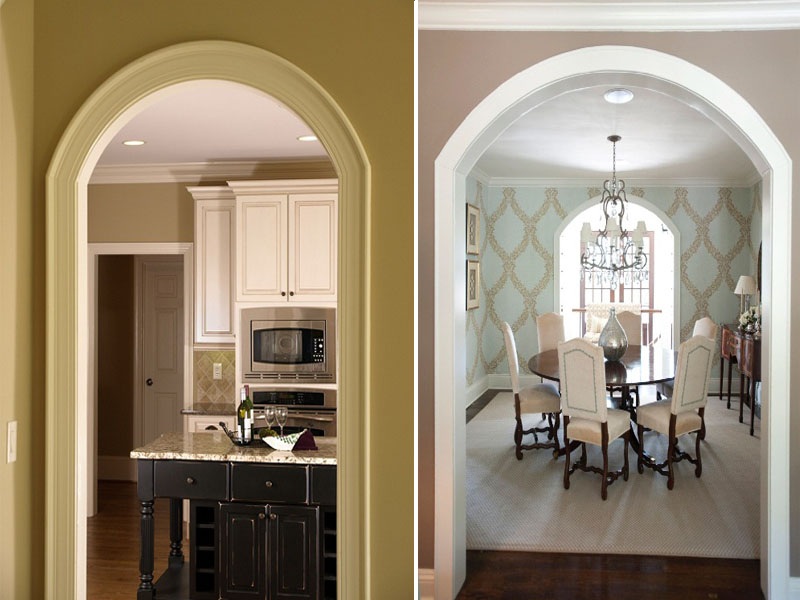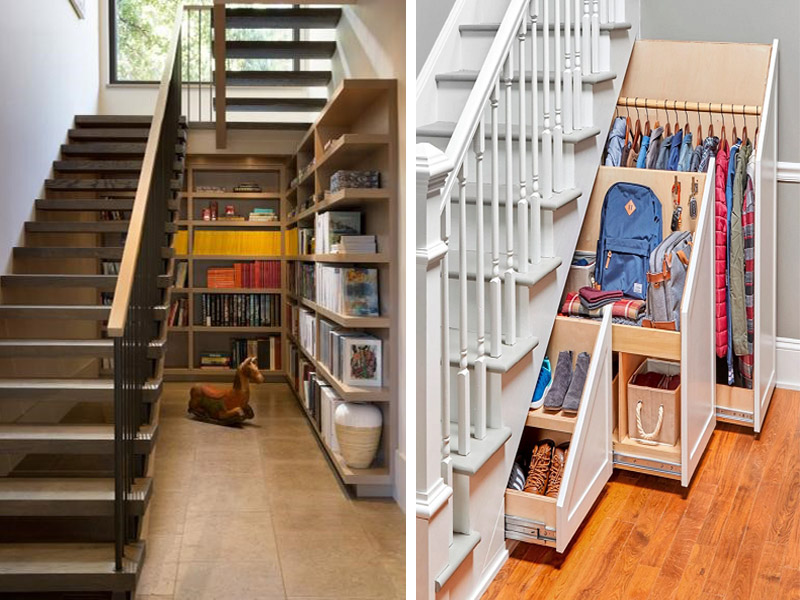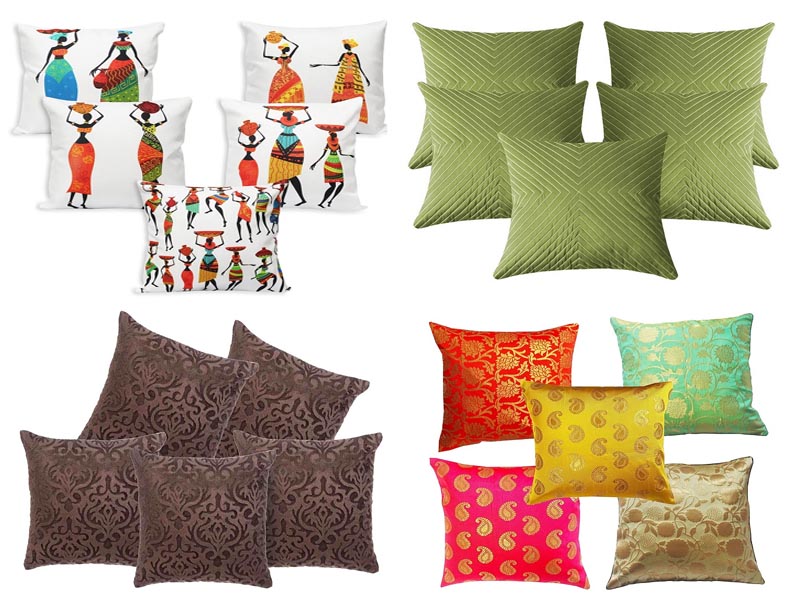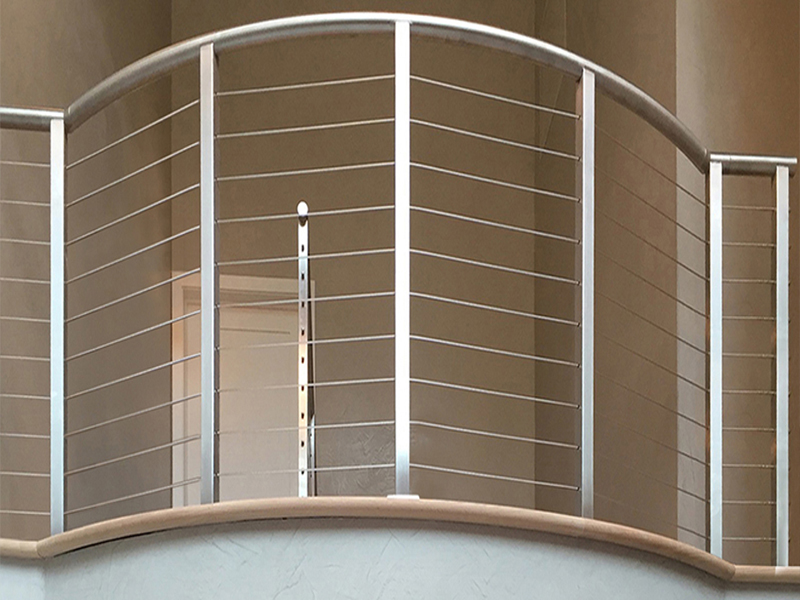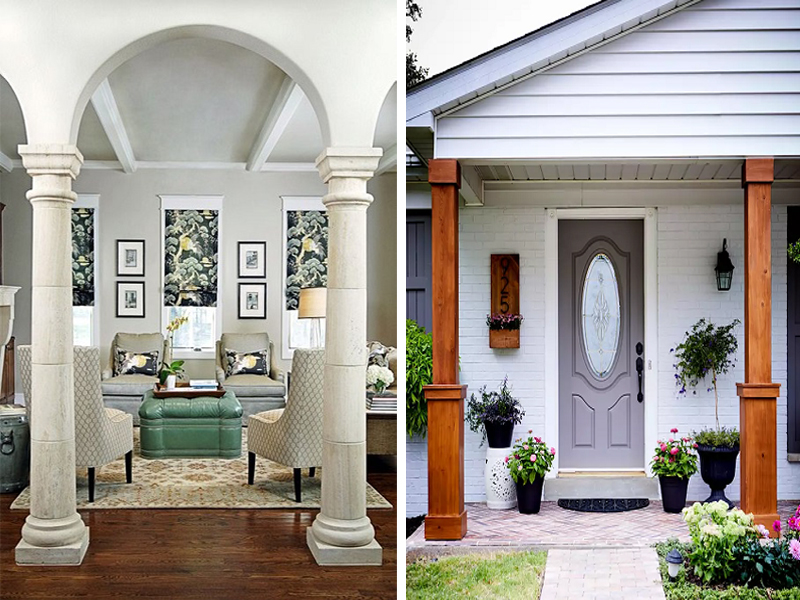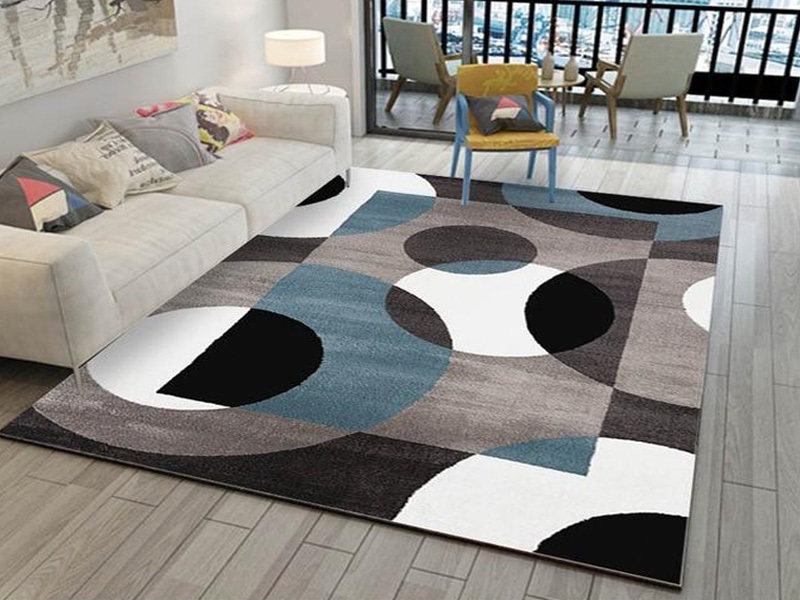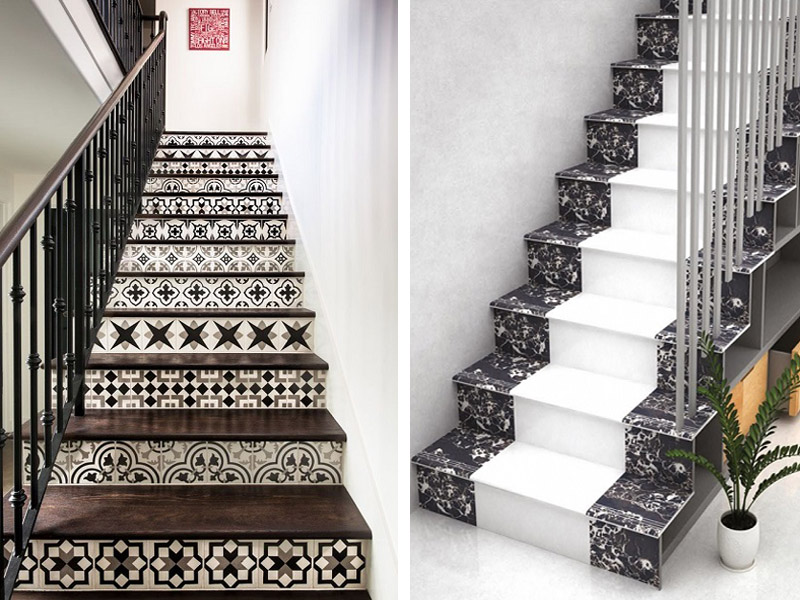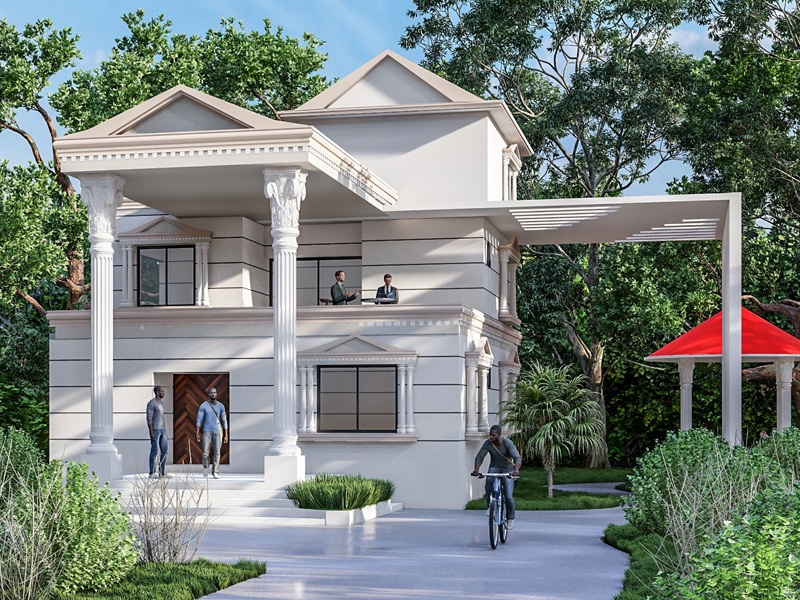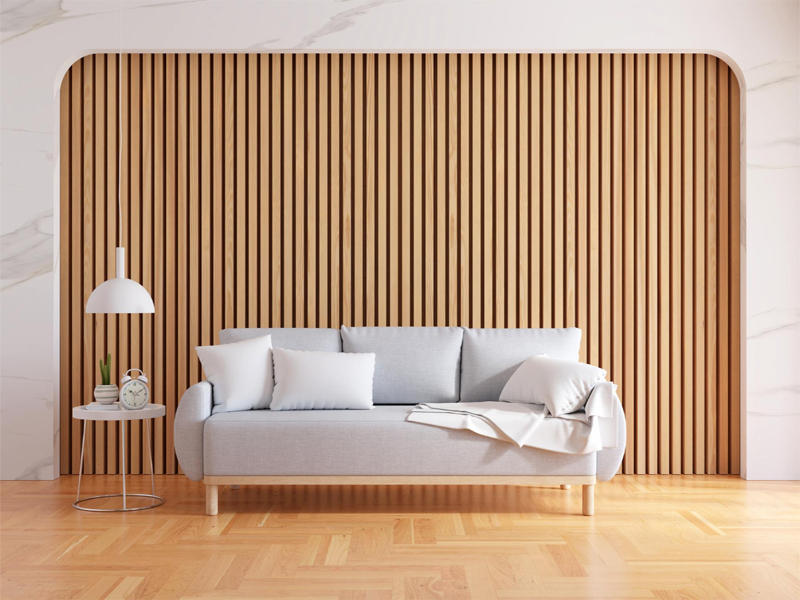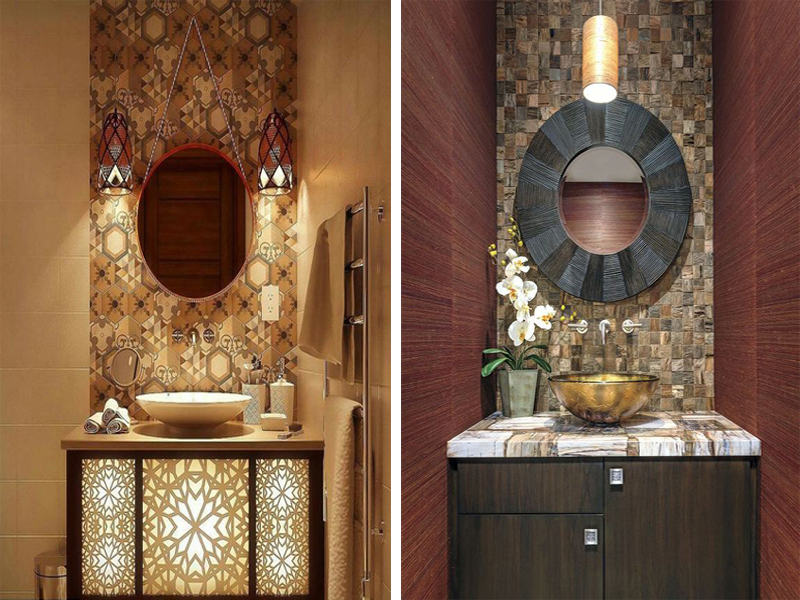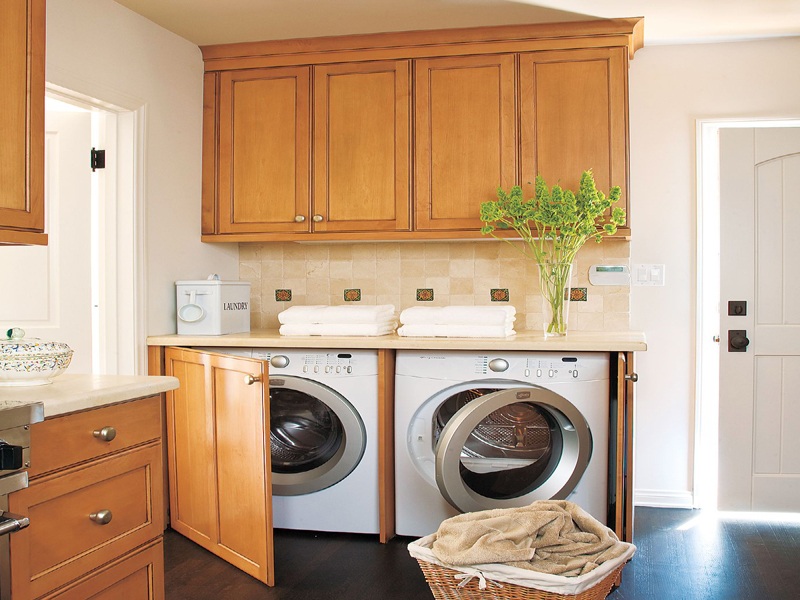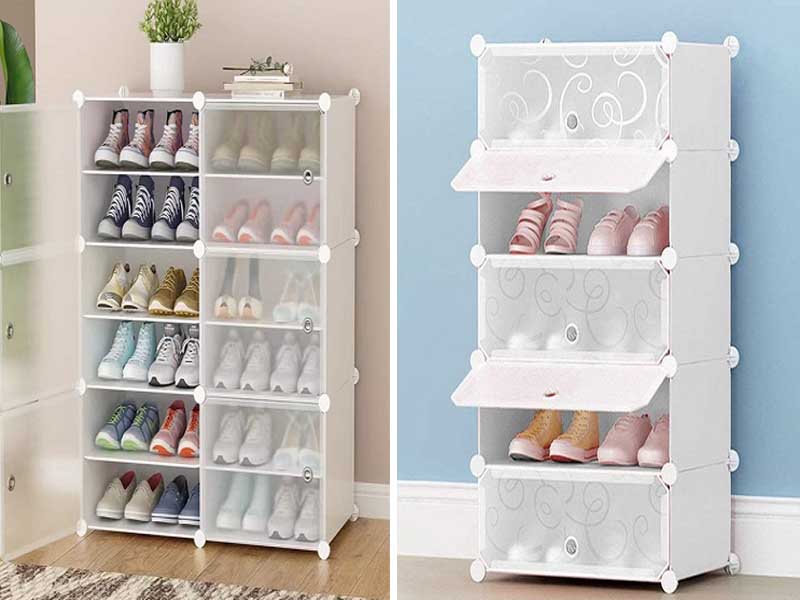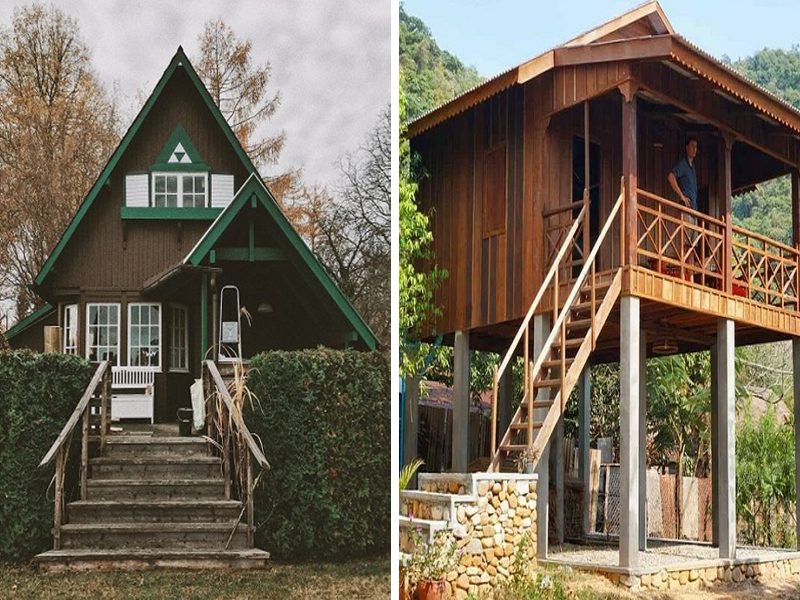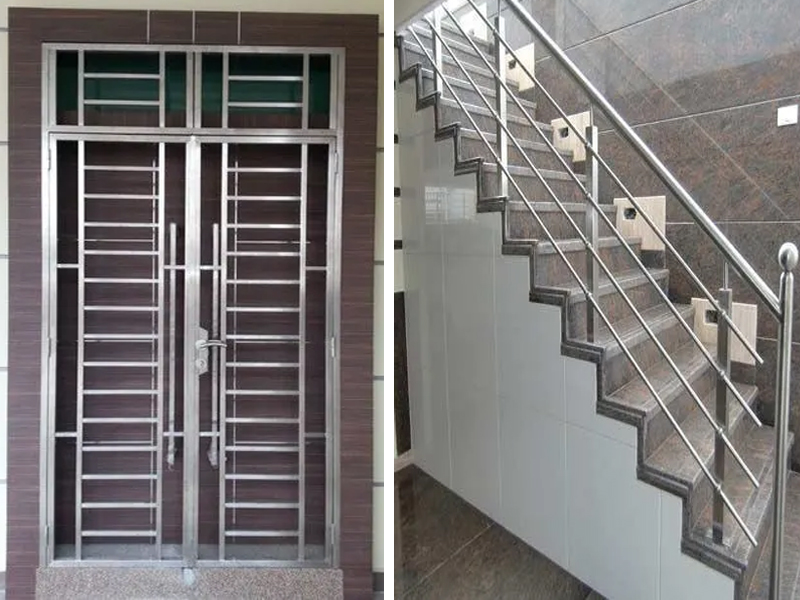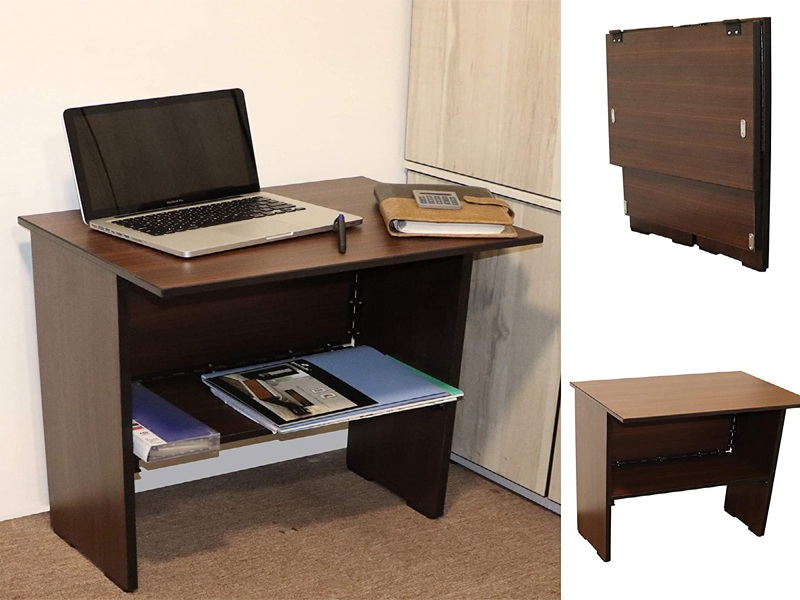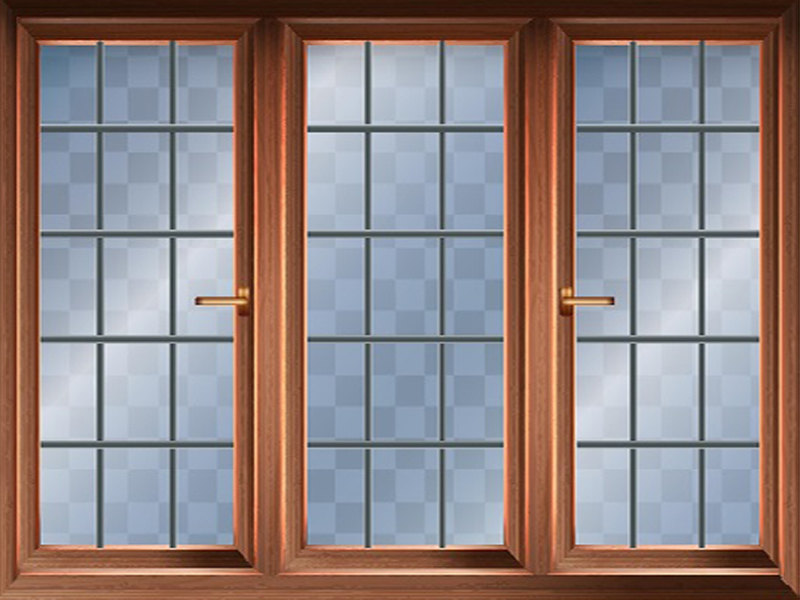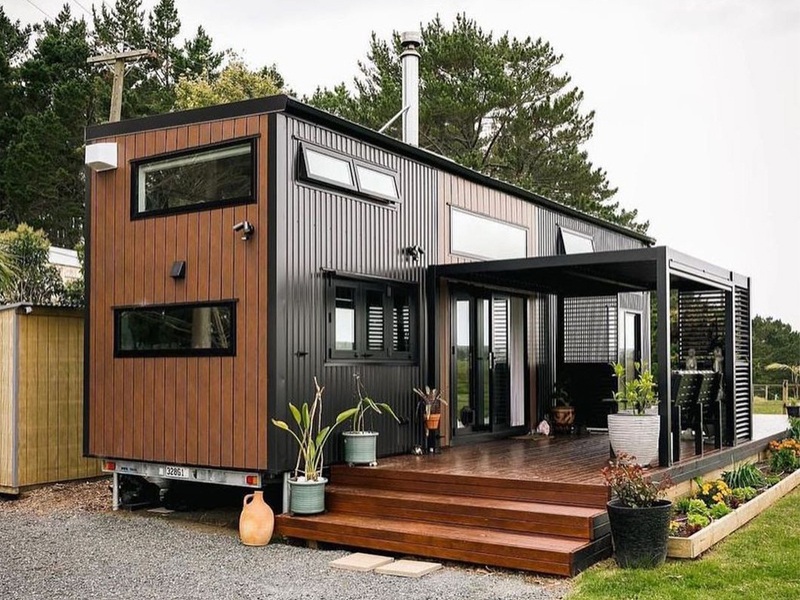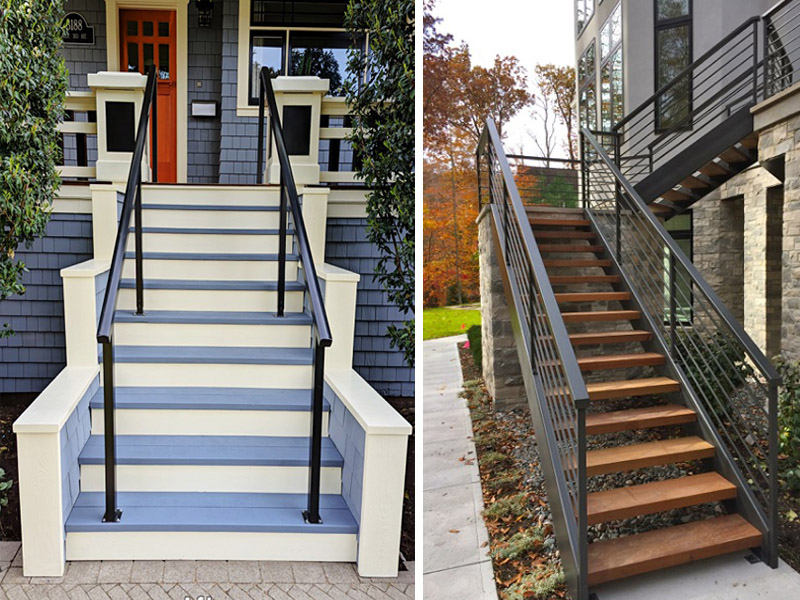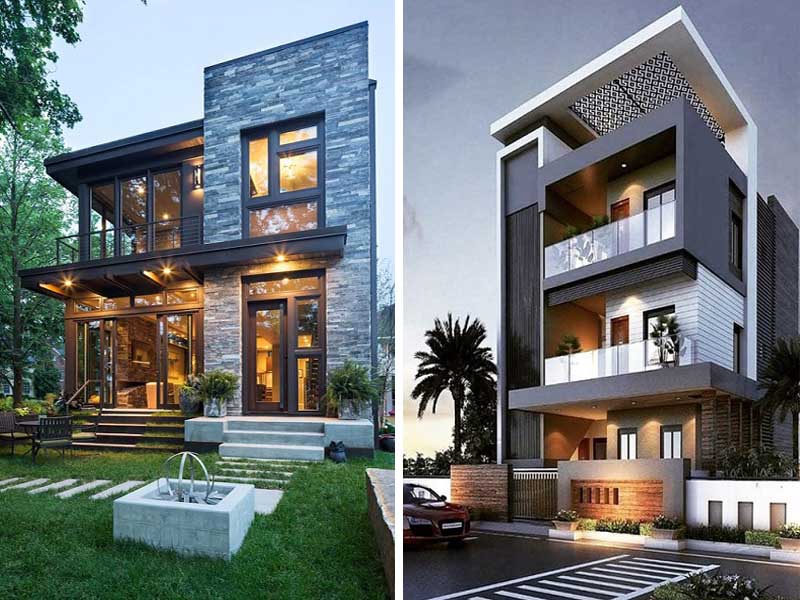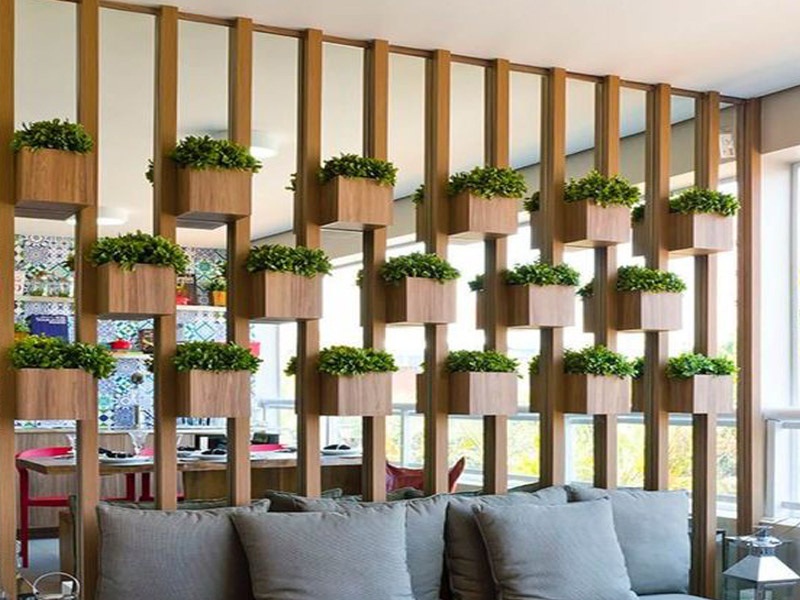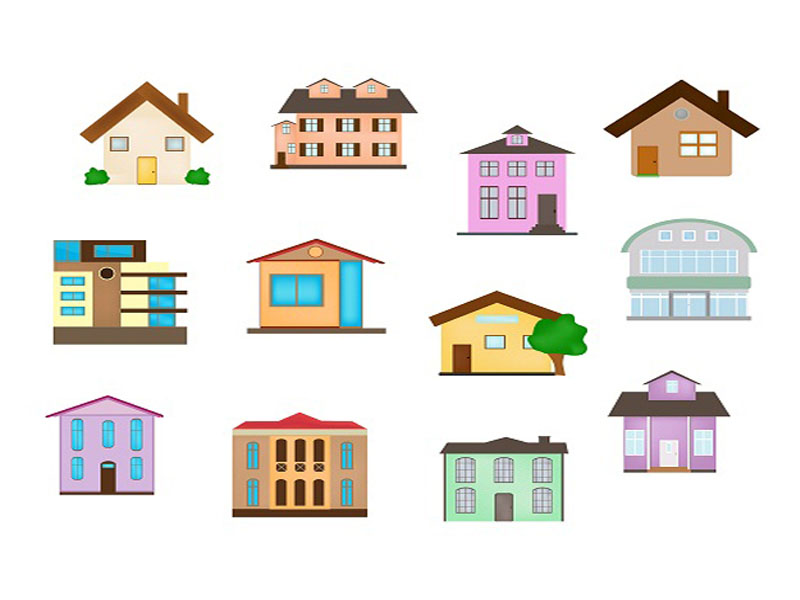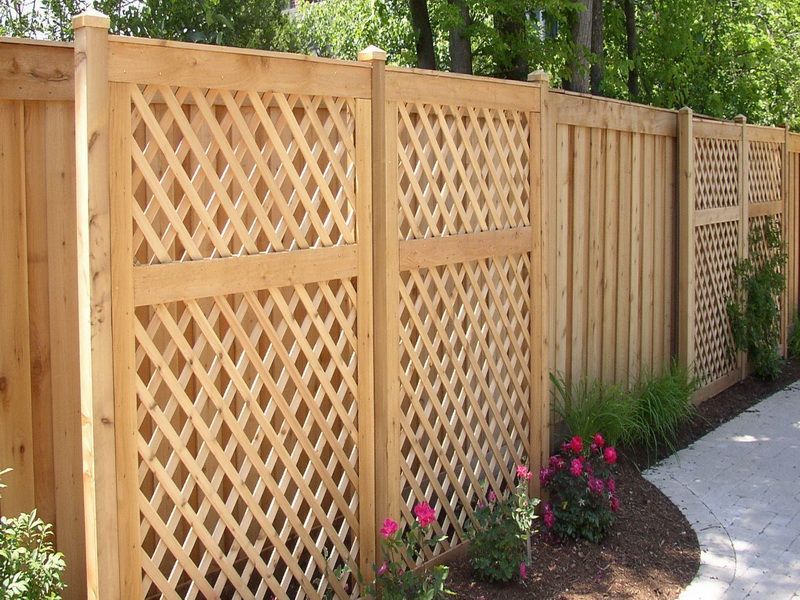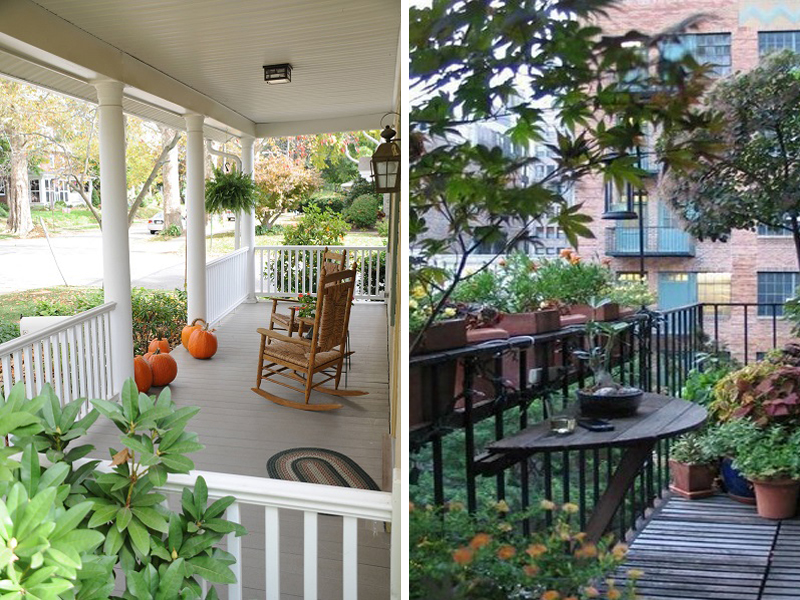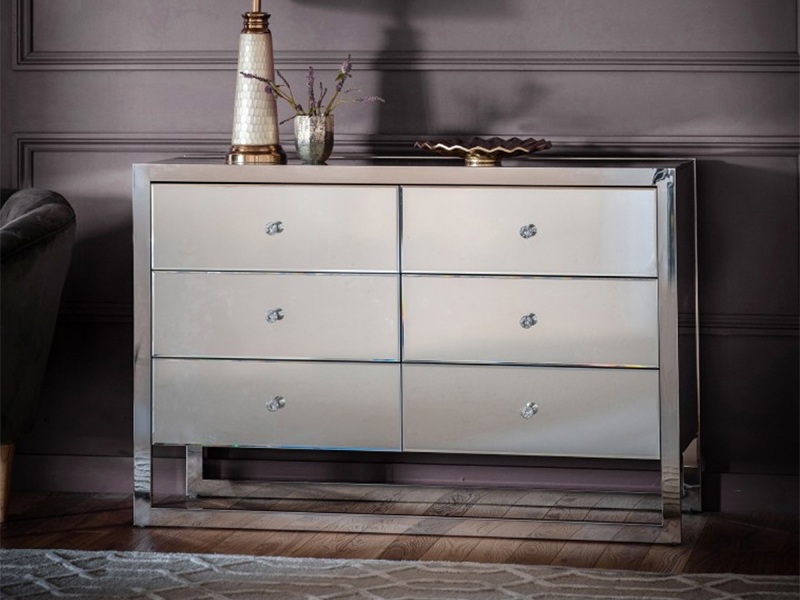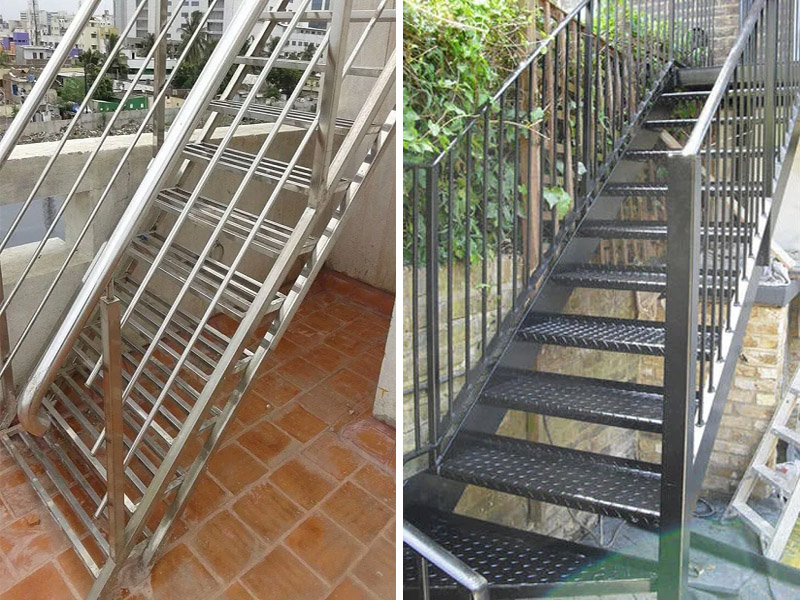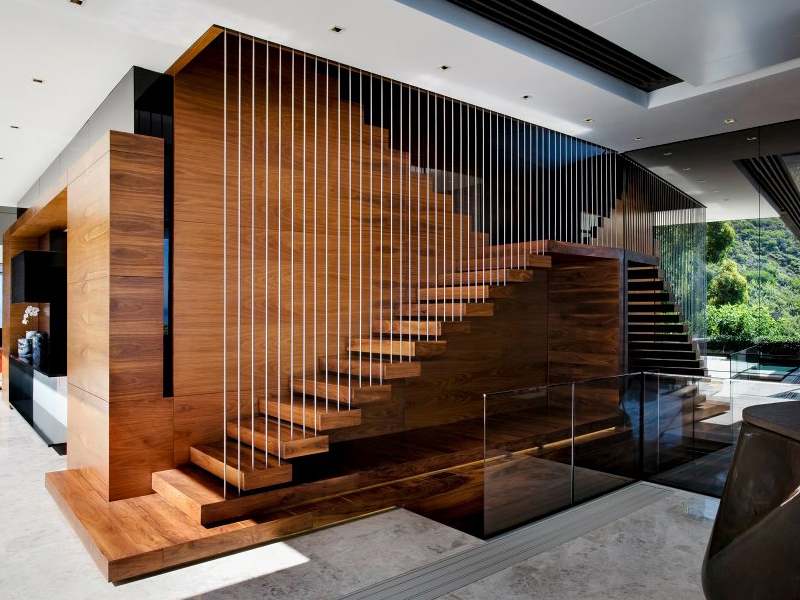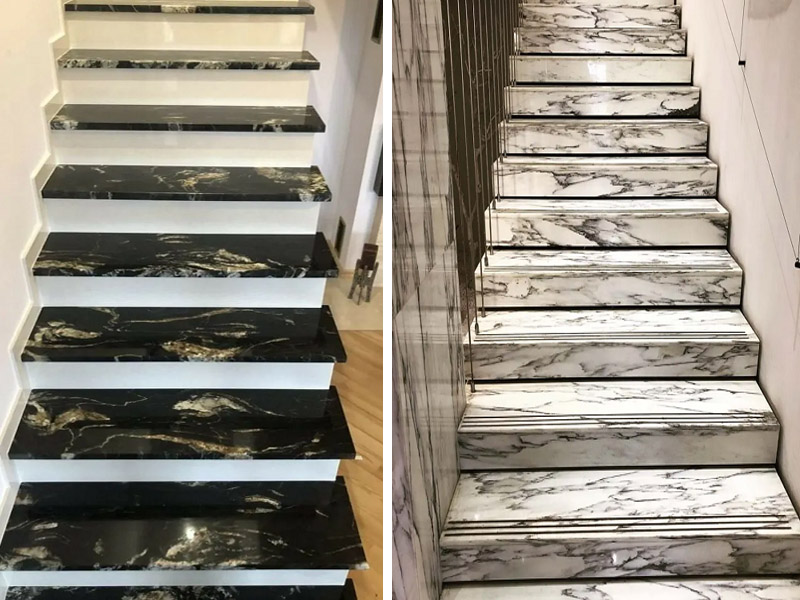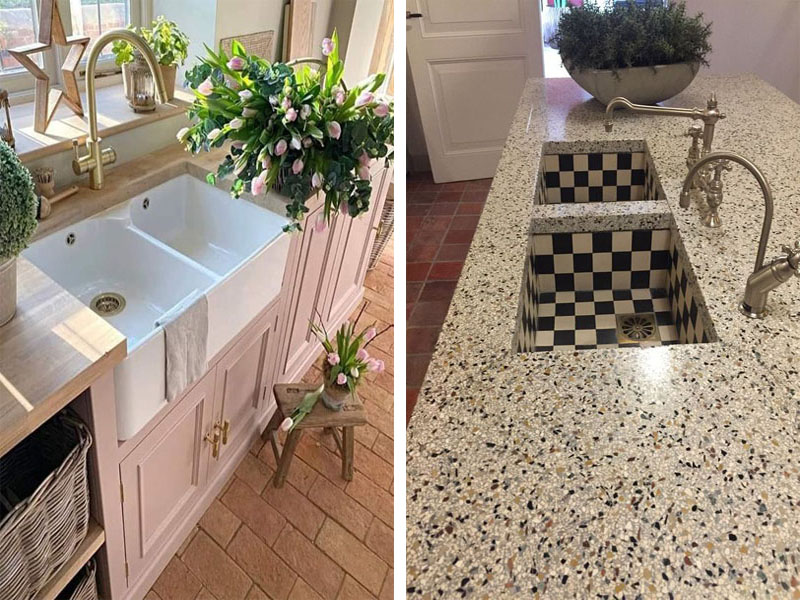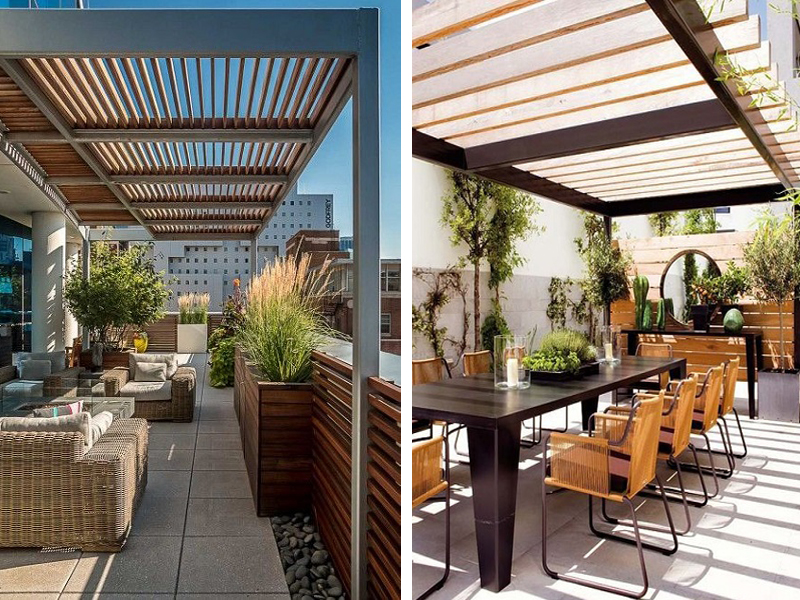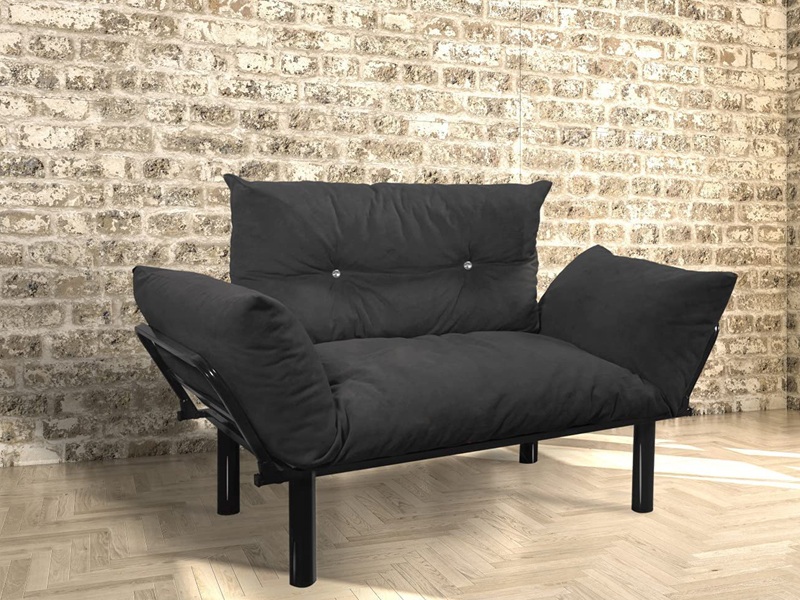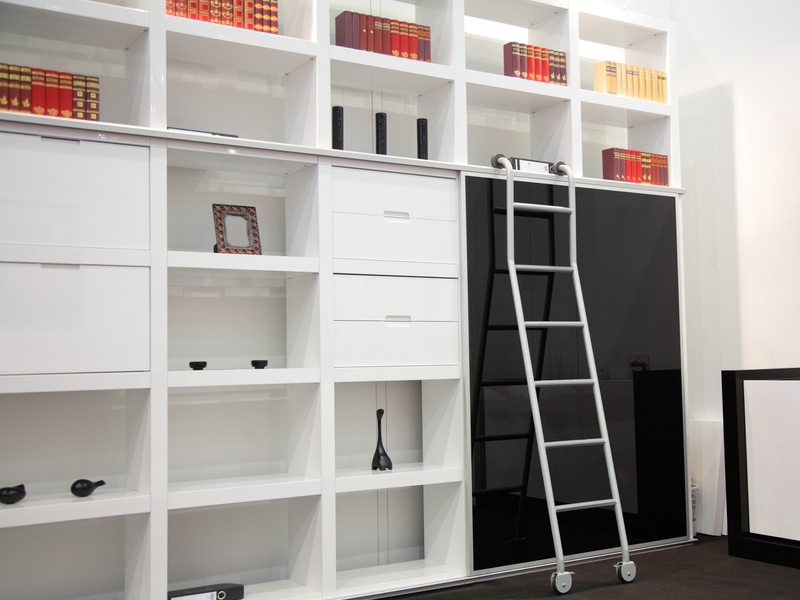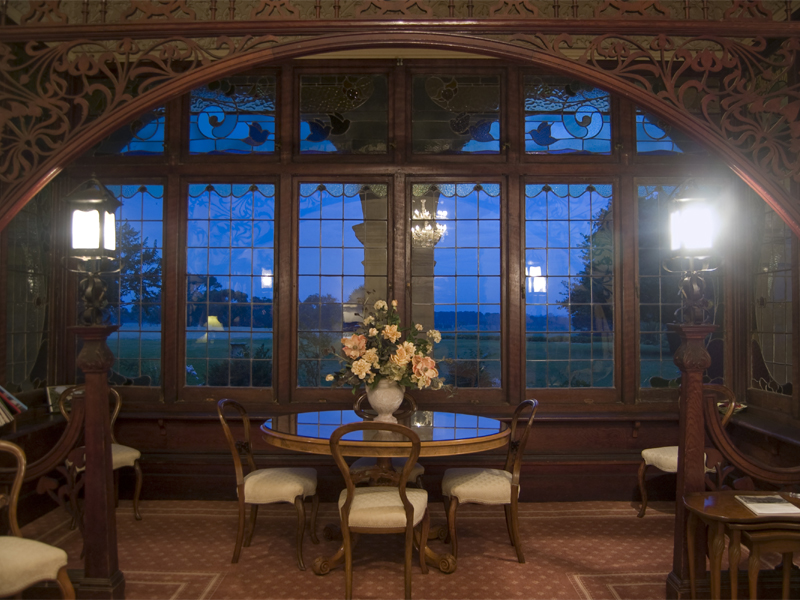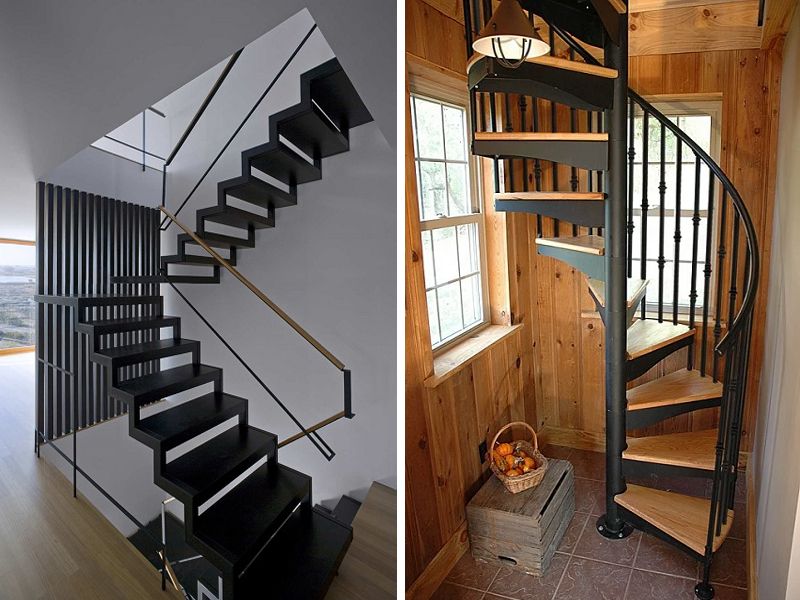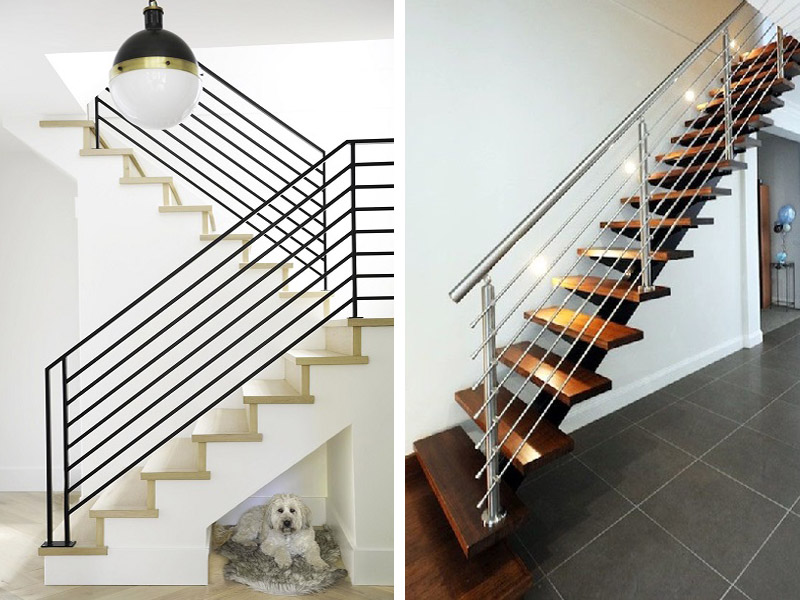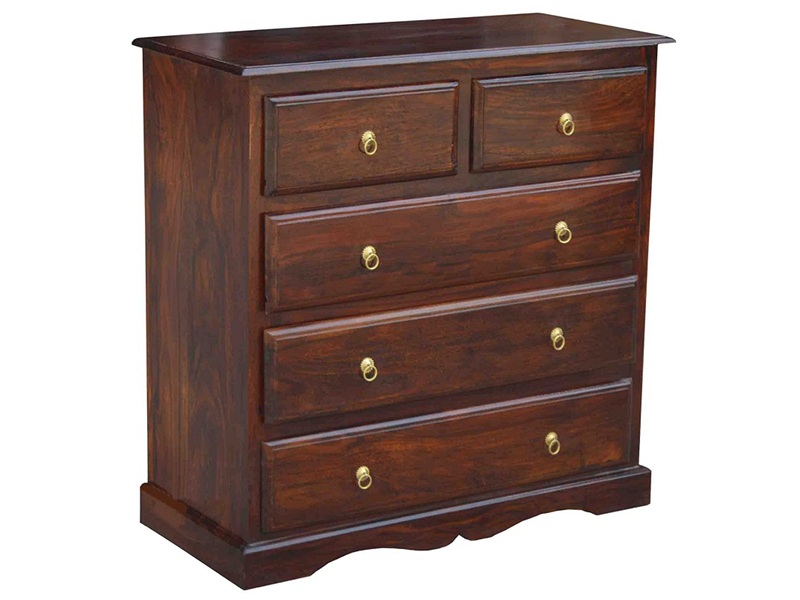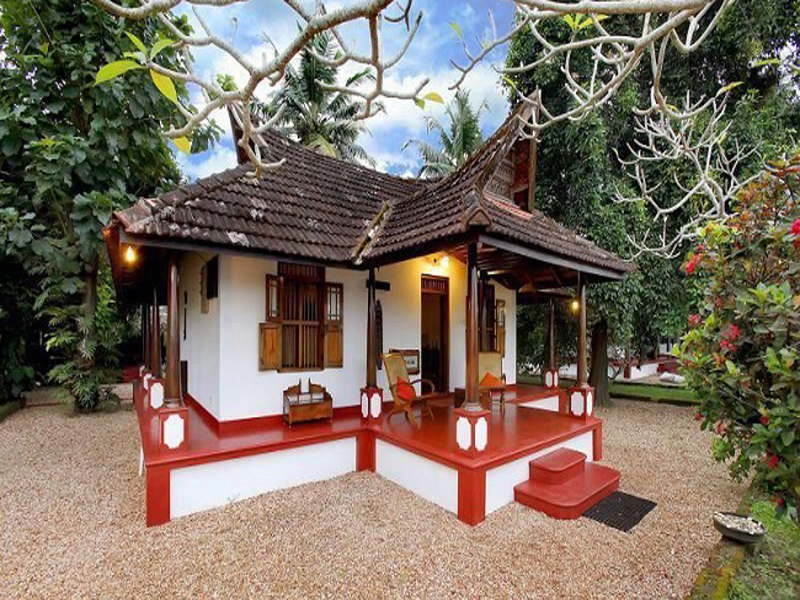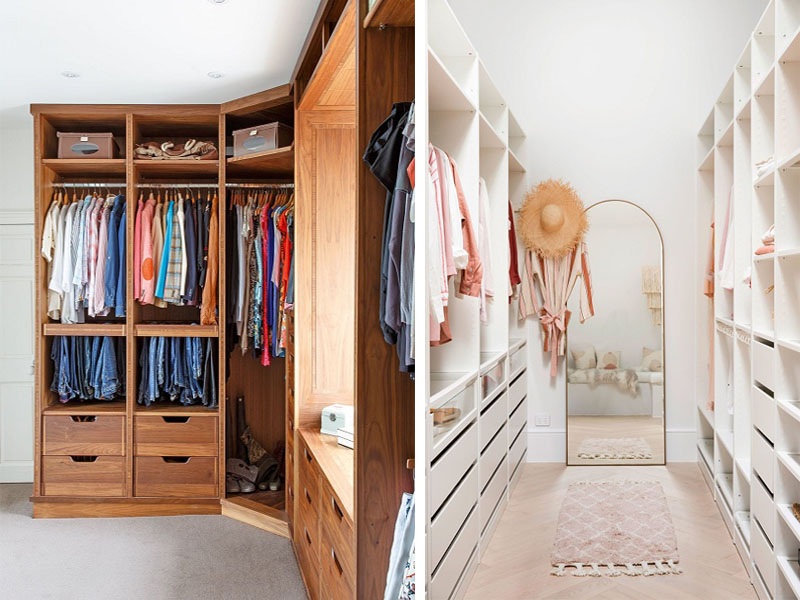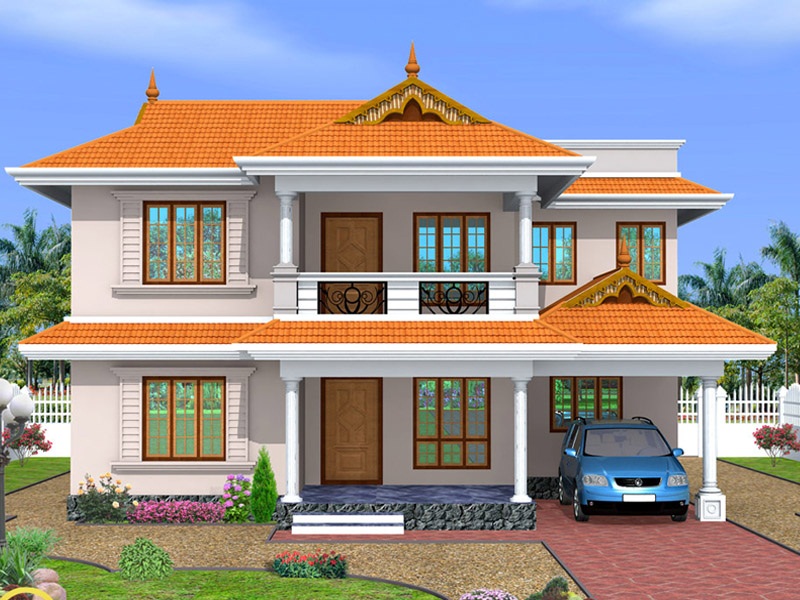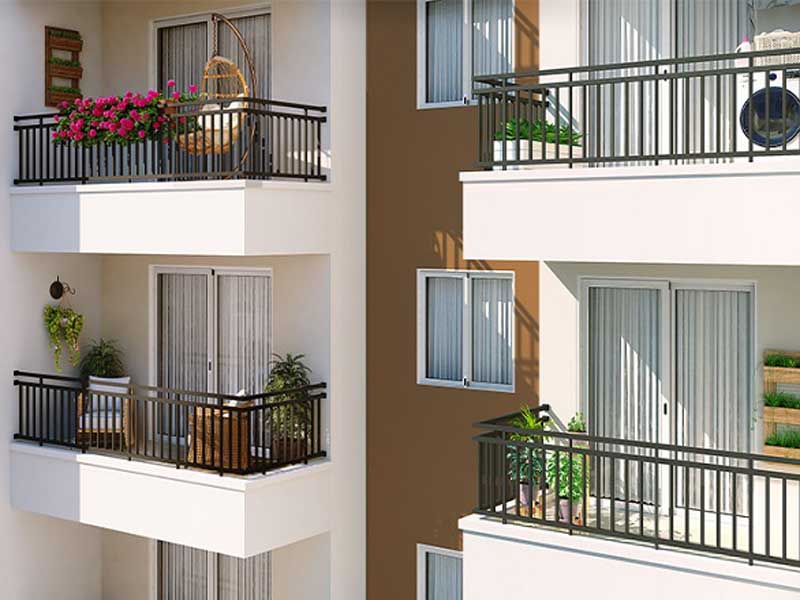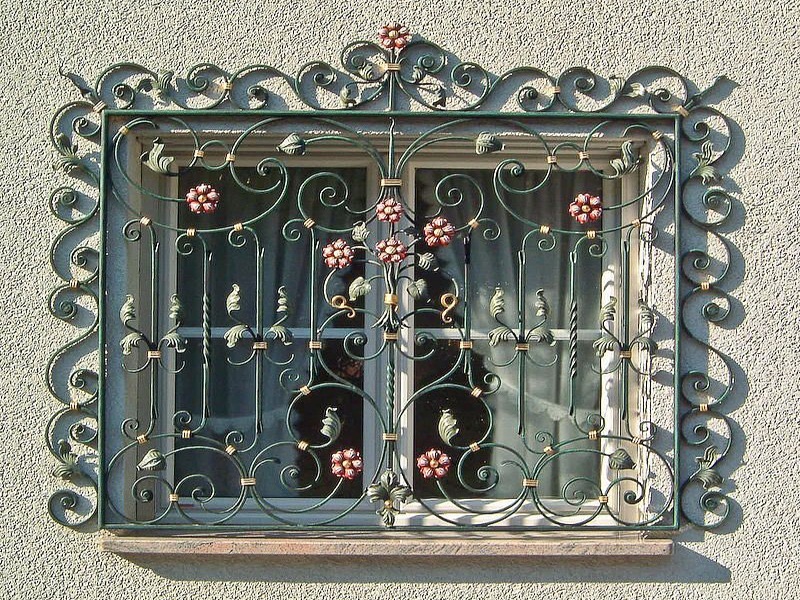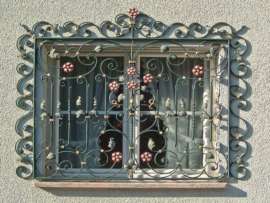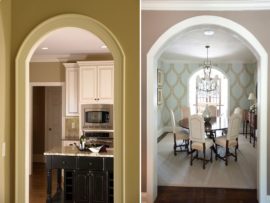If you are a homeowner looking to add convenience and value to your property, a home lift or personal elevator would make your life much easier.
Small elevators for homes let people skip the stairs whenever they want. This is convenient and easy, making life much easier for the elderly and family members who have trouble moving around. Home lifts come in many shapes and sizes to fit different building structures and passenger loads. Many kinds of home elevators are on the market, including hydraulic, cable, shaft-less, glass, and even pneumatic ones. Any building with more than one family living in it needs a commercial elevator.
Types of Elevators According to Mechanism:
Elevators can be categorized into four types: hydraulic, traction, machine-roomless, and vacuum.
1. Traction Elevators:
Traction elevators use steel ropes or belts on a pulley system to raise and lower the cab. The counterweight in a traction elevator counteracts the load of the cab and its passengers. Both geared and gearless models are available.
- Geared Traction Elevators: A motor and gearbox make up the geared elevator. The maximum speed for this elevator is 500 feet per minute.
- Gearless Traction Elevator: It lacks a mechanism to control the elevator’s speed. They can travel a maximum of 2,000 feet and move at a maximum speed of 2,000 feet per minute. Tall buildings are the best choice.
2. Hydraulic Elevators:
Hydraulic lifts raise a cab by moving a piston inside a cylinder. The piston is moved by fluid. This residential elevator is usually found in buildings with two to eight stories. It can go as fast as 200 feet per minute. Hydraulic lifts can have holes in them or not. It is made with an elevator pit and a sheave that goes under the pit’s floor. You don’t have to put a hole or sheave under the pit with the hole-less hydraulic lifts.
Pros:
- It’s easier to set up.
- Better at moving heavy things.
- Less expensive to repair and maintain.
3. Machine-Room-Less (MRL) Elevators:
Instead of having a machine room that takes up space, this home elevator has a machine in the override space that can only be reached from the top of the elevator car. This elevator can go as fast as 500 feet per minute and as far as 250 feet.
Pros:
- They use less energy.
- Take up less space during construction.
4. Vacuum (air-driven) Home Elevators:
Vacuum elevators operate without cables or pulleys. This lift system, made of polycarbonate and aluminium, is essentially a tube in a sealed vacuum. These air-driven elevators operate according to the laws of physics. The air beneath and above the elevator car allows the elevator car to move.
Pros:
- No cables or pulleys are needed.
Understanding the various elevator types is essential for determining which elevator is appropriate for the location and your transportation needs. First, learn about the most common types of elevators, which include:
10 Different Types of Lifts for Residential and Commercial Use:
1. Passenger Elevators:
Passenger elevators are elevators designed to transport people around a building. These elevators are commonly found in apartment buildings, tenant-owner associations, offices, and public places, including dwelling houses, administrative and residential buildings, hotels, banks, and offices, and have upper and lower machine rooms. These elevators’ size, speed, and interior options vary greatly depending on their intended use. Passenger elevators have load capacities of 225, 300, 320, 400, 500, 630, 1000, and 1275 kg and movement speeds of up to 2 m/sec. Passenger elevators commonly have the following characteristics:
- a smooth run and improved stopping accuracy;
- a comfortable cabin and a lower noise level;
- movement direction and cabin position indicators;
- LED lighting;
- Cabin overload indication
2. Freight Elevators:
Freight elevators are intended to transport goods rather than passengers. They are designed to transport loads with or without a guide. Freight elevators typically travel slower than passenger elevators and are constructed to withstand harsher working conditions. Freight elevators have load capacities of 100, 250, 500, 1000, 2000, 3200, 5000, and 6300 kg and movement speeds of 0.22, 0.25, 0.4, and 0.5 m/sec.
It is more important for freight elevators to be functional than attractive, so they should be built to be as safe as possible. Steel wall panels, a heavy steel floor, and a reinforced gate are some features added to ensure high safety.
3. Service Elevators:
People frequently mix up service and freight elevators, but several distinguishing features set the two apart. A service elevator is a modified passenger elevator typically found in a building’s employee-only area. These outdoor elevators are mainly used to make it easier for employees to move from floor to floor while causing less trouble for customers and guests.
For example, large elevators found in hospitals and used by hotel housekeeping staff must be wide and deep enough to accommodate large items such as hospital beds.
4. Dumbwaiter:
A dumbwaiter elevator is a small freight elevator designed to transport objects rather than people. It is commonly found in hospitals, restaurants, hotels, and schools. A dumbwaiter is useful in restaurants for moving meals and dishes between floors. Dumbwaiter elevators are designed to safely transport bags of groceries, bottles of soda, books, or even pieces of luggage to another floor. Dumbwaiter installation makes moving things upstairs and downstairs easier, and they’re now a popular addition to the home.
5. Residential Elevators:
Passenger lifts only transport people, whereas residential elevators are intended to transport people and their belongings. If you live in a metropolitan city like Mumbai, with tall skyscraper buildings, residential elevator service providers in Mumbai make your life easier because these elevators help you carry your groceries and other daily needs. Residential elevators can be simple or complex, depending on the users’ needs. Many residential elevators have distinctive designs that make them more aesthetically pleasing and compatible with the surrounding architecture. These lifts must also be serviced regularly.
6. Wheelchair Elevators:
Wheelchair lifts are self-contained home lifts that house the drive and control systems within the lift tower or cab assembly. They are typically used for low-rise applications such as decks or porches but can also be used for vertical travel of up to 12 feet. Getting used to using a wheelchair or living with someone who has mobility issues can be difficult. Wheelchair lifts for the home are an excellent way to assist people with disabilities, injuries, or the elderly in entering and exiting their homes. These home lifts come in various styles and sizes, but they all have one thing in common: they make mobility easier and safer.
7. Capsule Elevators:
Capsule lifts are special outdoor lifts installed on the exterior face of a building, in the lobby, or elsewhere where they can improve the elevation and appearance of the building. They have plush interiors and large transparent glass panels that provide a panoramic view of the surroundings and are appropriately referred to as building ornaments. Depending on the machine room’s location, capsule lifts can be powered by a traction or hydraulic machine.
Pros:
- Accommodate eight to forty people.
- Quick installation.
- Require less equipment or machinery.
- Cost-effective
8. Home Elevators:
Home elevators are ideal for two people because they do not require any headroom or pit room and can be aesthetically integrated into the home’s interior. It has an outer tubular shell of an aluminium frame with a polycarbonate sheet. Home elevators can be installed between the stairwells if there is a gap or in any other location in the home with proper interconnectivity by drilling a one-meter diameter hole in each slab. These home lifts make it easy and safe to get to all levels of your home. People of all ages and levels of mobility can use them.
Pros:
- Easy to install.
- Low maintenance.
- Great service after installation.
- Can be put in bungalows or villas that already exist.
9. Collapsible Door Elevators:
It is a home elevator in which people perform the door movement. It moves manually, as the name implies. Manual doors may be spring-loaded so that the gate cannot be left open, or the gate may automatically close when you press the button and partially or completely close when the elevator arrives at a floor.
The collapsible door elevator is one of the most common types of manual door elevators. Collapsible doors are made of mild steel or stainless steel. They are commonly used in industrial areas, such as the Good Elevator and the Car Elevator, where there is insufficient space for a standard automatic door and where the desired door opening is too large for an automatic door.
10. Swing-Door Elevators:
Swing-door elevators have been around for a long time. While they were once more common in commercial buildings, their use in residential homes has increased since the 2010s. Many homeowners now have these elevators, whether for a unique feature or because they are necessary. This door type is used when there is insufficient space to install another type. As the name suggests, this type of door swings. It is made of either mild steel or wood. Swing doors are designed to be strong and rigid.
Pros:
- Energy efficient
- Dependable long-term performance
- Maximum safety and user convenience
Residential elevators, like other essential but unglamorous technologies in our lives, are taken for granted. However, we become irritated when elevators fail to function properly. Different kinds of buildings and needs call for different kinds of elevators. Home elevators, for example, can be put in faster and for less money, and they are more common in homes. Even though elevators for homes can be expensive, their convenience and ease of use are usually good reasons to put one in your next building.


